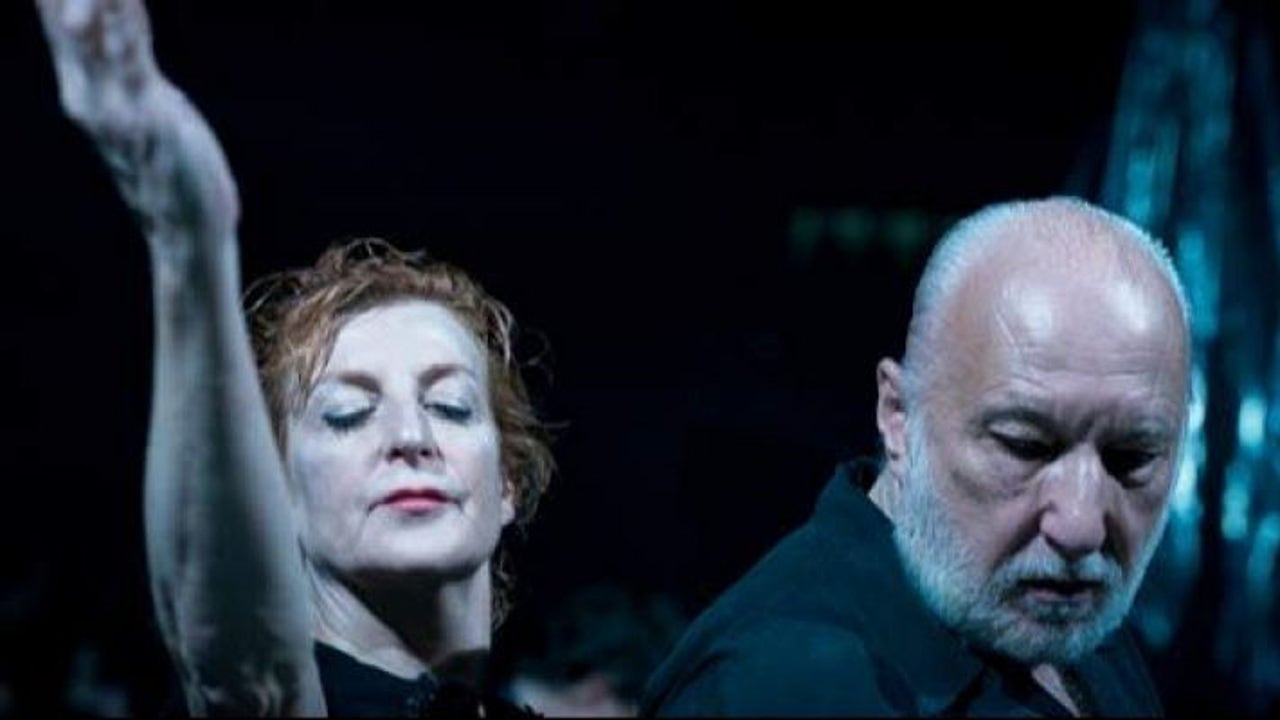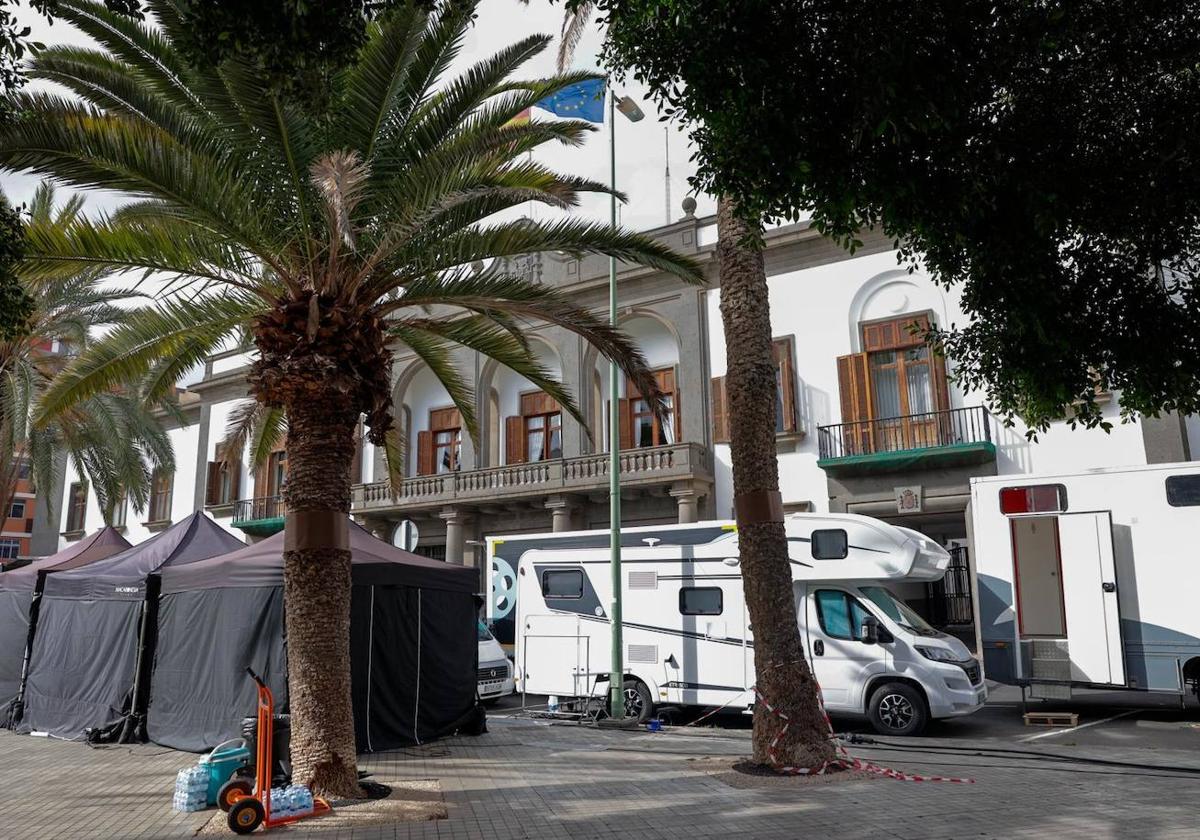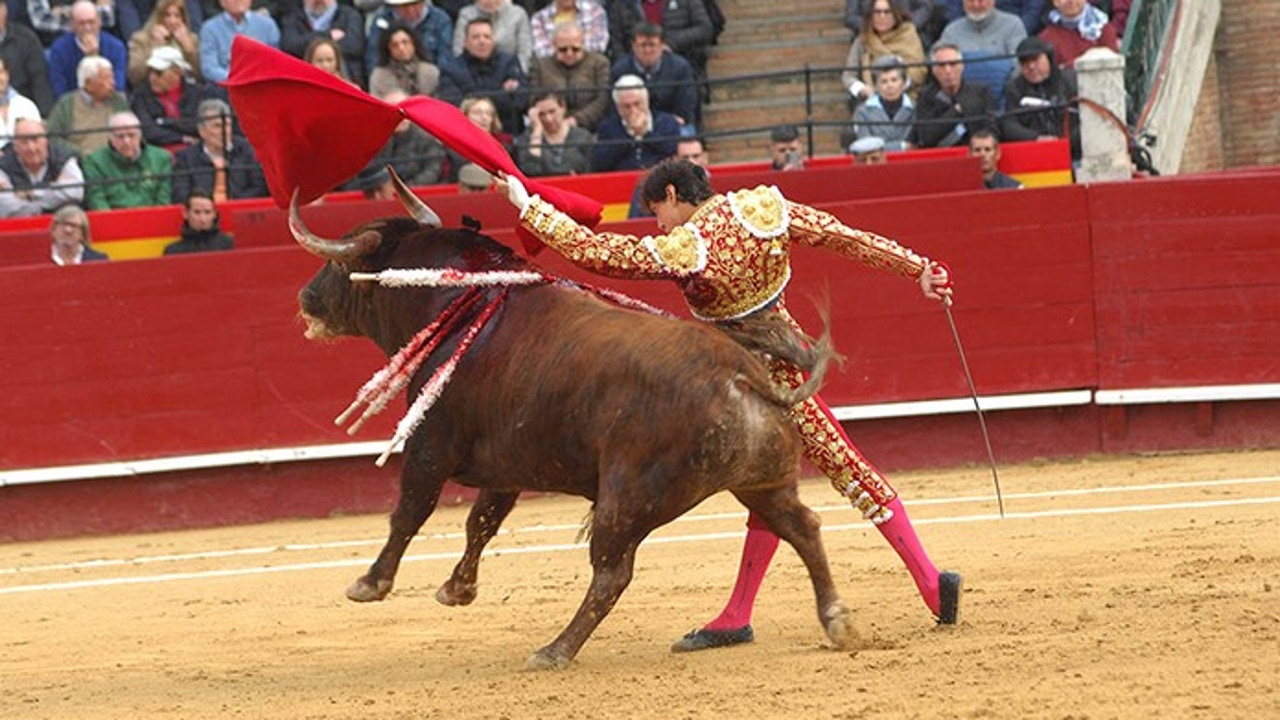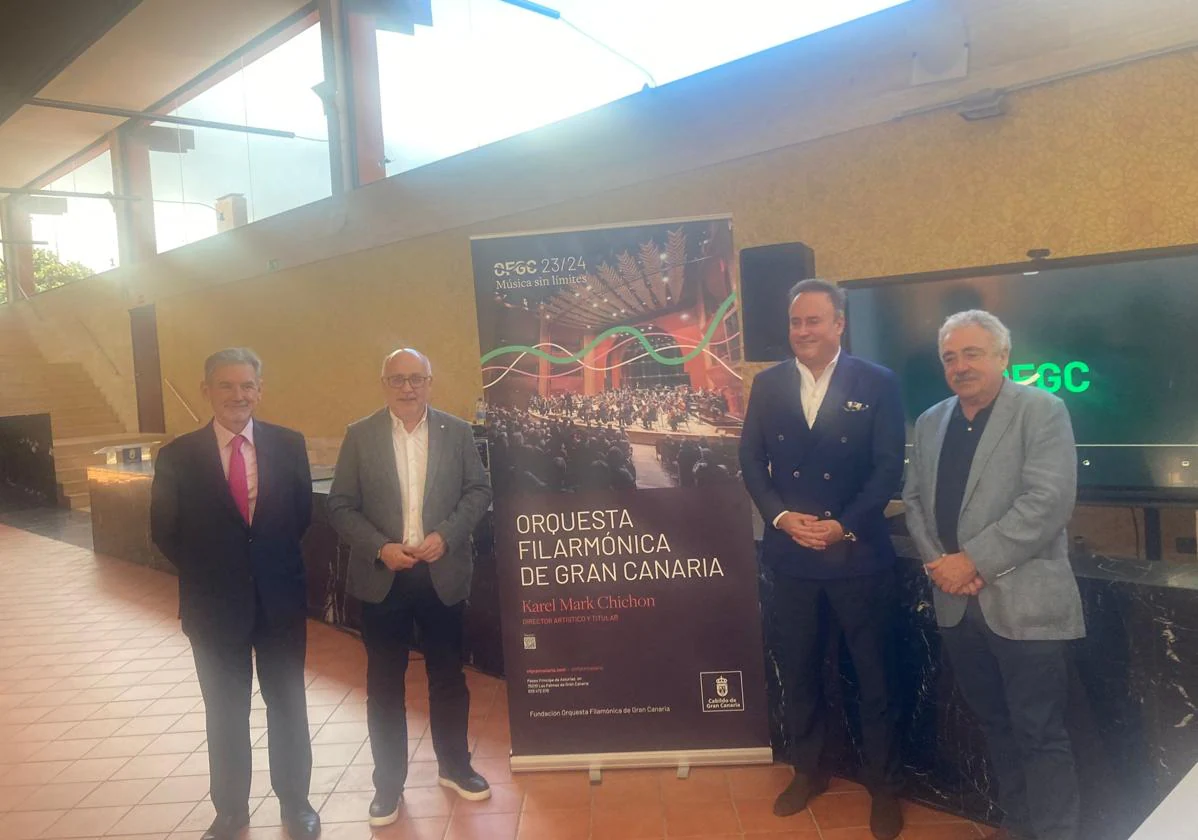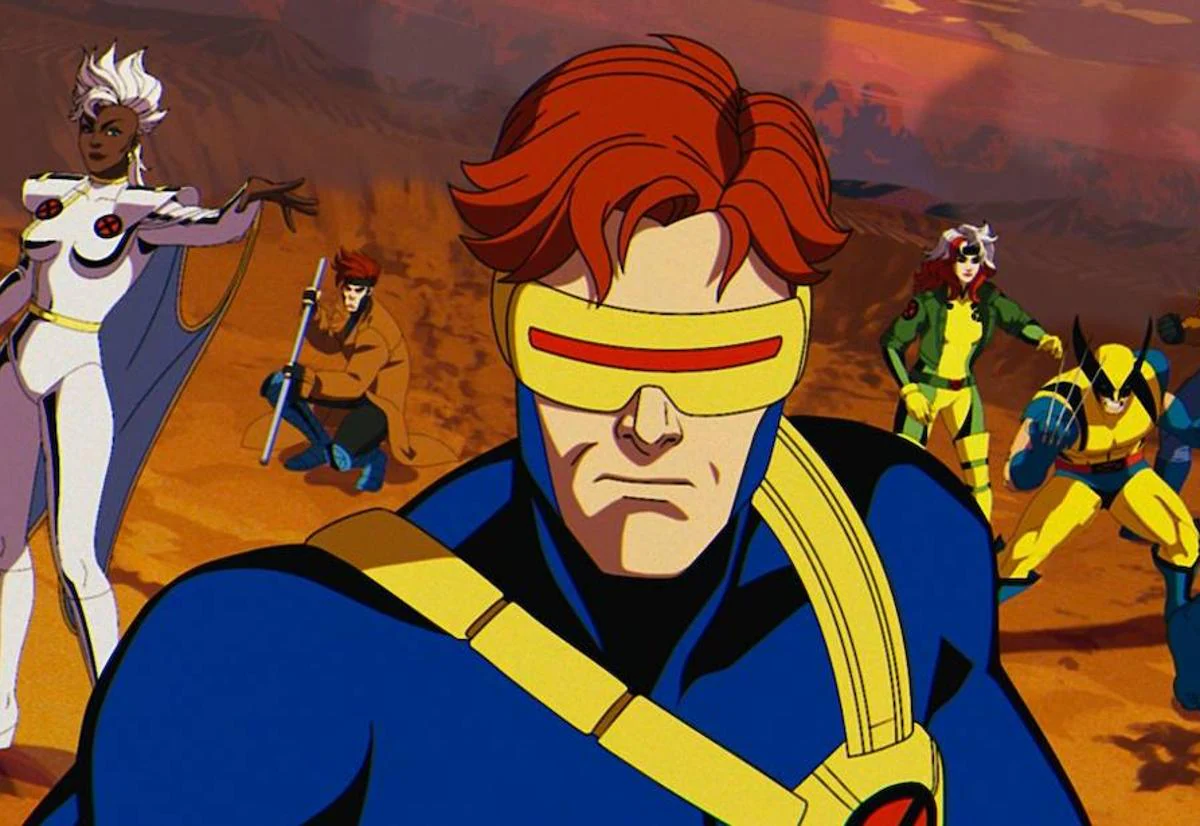Mexican Andrés Kaiser explores religion and savagery in 'Feral'
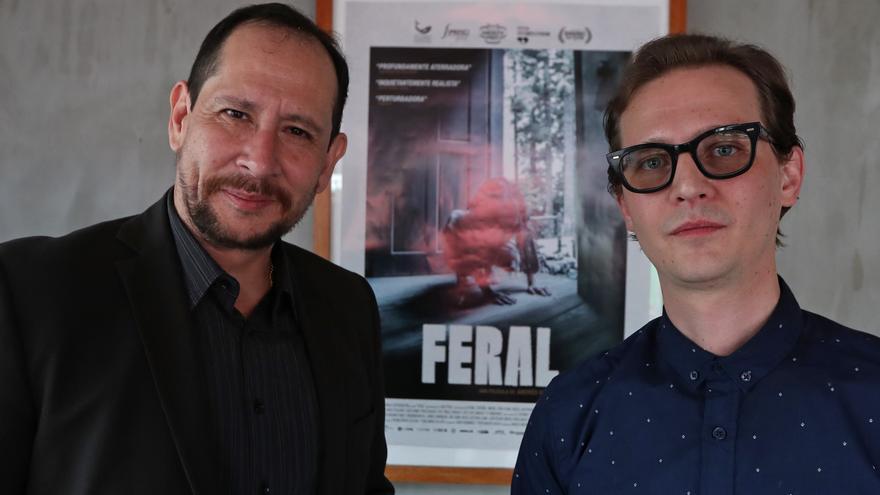

Director Mexican Andrew Kaiser He began his journey as a writer at the hands of the renowned Mexican journalist and novelist Vicente Leñero, now deceased. From his voice he heard the story of the Convent of Santa María de la Resurrección, which gave rise to his debut as director: 'Feral'. "'Feral' means fierce, it comes from Latin and, from the biological point of view, every feral organism is any organism that has not been domesticated by man. Wild dogs are feral, it is to return to all this savagery which is atrocious and fierce, "Kaiser responds in an interview with EFE about the film that hits theaters on July 2.
With a look fictionalized documentary, Kaiser delves into the story of Juan Felipe de Jesús, one of the monks who lived a psychoanalytic experience inside the aforementioned convent located in the Mexican city of Cuernavaca -centre of the country- that forced them to leave the monastery for endangering the faith. "It was a process of imagining what had happened to the monks after an experience of interrupted faith. To say what happened to one of them? An anonymous monk who decides to continue by himself on the mountain and there he meets not with God, that It would be the supernatural, but with the real, with the wild, with the earthly ", narrates Kaiser. This hit of reality will be the three abandoned wild children he meets, whose isolation and abandonment has kept them in total darkness.
Inspired by the book 'Lord of the Flies' by William Golding and his fascination with the subject of wild children, Kaiser explores "the mystery of humanity itself", bringing together the ideas of religion, savagery and psychoanalysis.
Real zoom
The actor Héctor Illanes was in charge of giving life to the priest and says that his experience was total, since he again experienced the religion as one more believer with the intention of giving life to Juan Felipe. It was also reported with the book by Fernando M. González 'Crisis of faith', in which he talks about the event lived in said convent. "It was a completely experiential process. For the creation of Juan Felipe I went back to attend church, I again lived the catholic rite of every eight days as a good parishioner and I had to do a great research about the Benedictine monks in Mexico. I have a relative who is a priest and I was able to be very in contact with him and I took many parts of him, "he recalls. He also lived a "trip to the past", to the 80s and assures that it was a "wonderful and tortuous" experience.
In addition, the three children, who are also a fundamental piece of the story, were chosen from 100 who opted for the role and took various courses in body language.
Technical process
The filming of the film had a complex process by presenting various image formats on the screen, the documentary part of the narrator, as well as the videos that the monk recorded of his experiments. "A lot of attention was paid to the script, I experimented with many versions and once it was ready and narratively good so that the reader could experience it as a good story, I was ready to shoot, but that was where the whole discussion of how and what cameras came in. they needed, "recalls the director. These cameras were a Betacam from the "reporter, intact" era, a Blackmagic pocket with 16mm optics and the Arri Alexa to tell the documentary. "It was a multi-format series that had an analog format post-production to emulate this digital series along with the texture of analog," explains Kaiser.
Kaiser's debut feature also features the late actor José Ángel García and the sound was made by Mexicans Jaime Baksht and Michelle Couttolenc, recent Oscar winners. The director continues to work in genre cinema and will continue to touch on themes such as religion in his next productions.

